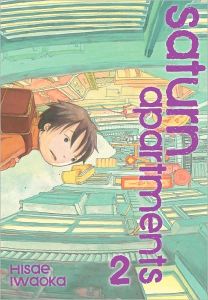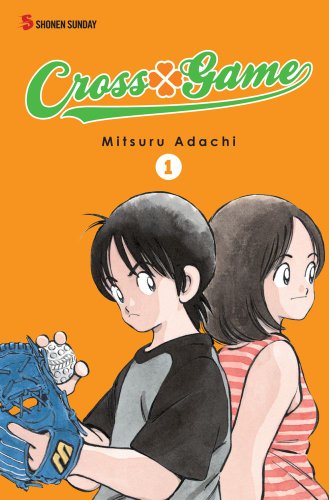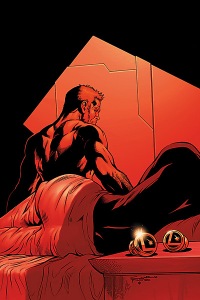 The world isn’t populated exclusively with loving optimists, so it’s only appropriate that the world of shôjo manga occasionally reflects that. The surly and the cynical, it seems, can be as worthy of the spotlight as the open-hearted and the gracious, at least in Ririko Tsujita’s The Secret Notes of Lady Kanoko (Tokyopop).
The world isn’t populated exclusively with loving optimists, so it’s only appropriate that the world of shôjo manga occasionally reflects that. The surly and the cynical, it seems, can be as worthy of the spotlight as the open-hearted and the gracious, at least in Ririko Tsujita’s The Secret Notes of Lady Kanoko (Tokyopop).
The titular lady, junior high student Kanoko Naeoko, is rather like animated MTV legend Daria in that she’d rather observe human behavior than engage with actual humans. Kanoko is also like Daria in that she finds herself dragged into the woes and schemes of her classmates, whether she likes it or not. Since Kanoko is generally the smartest person in the room, you can see why she’s a go-to resource when things get tricky.
And things do get tricky. Kanoko has standards for her eavesdropping, naturally fixating on the juicier specimens — the hypocrites, the schemers, the egotists. As much as Kanoko objects to interpersonal connection, she seems to appreciate a challenge, and guiding these fools out of their misfortunes provides that.
In a more average comic, it might be safe to assume that she’s really a softy under her isolating exterior, but really, she’s not. That’s what’s pretty great about her. There are a few people that she genuinely likes, but she’s sincere in her general indifference. It isn’t a defense, except in the way that she’s protecting herself from… well… catching stupidity or dullness.
Tsujita plays around with shôjo tropes in her storytelling. There’s the plain girl oppressed by her prettier classmate, except the plain girl is flat-out nuts, and she’s as prone to bullying as her rival. There’s the girl with big dreams who’s actually an obnoxious narcissist with self-confidence so impenetrable as to have possible military applications. There are bratty students and awful teachers at every turn, and Kanoko briskly revels in putting them in line.
For my taste, the art isn’t quite up to the standards of the writing. The best of the illustrations exist in extremes, either in the hyper-stylized bits, where Kanoko can look demonic with glee, or in the glamour shot moments, the relatively realistic close-ups of characters in the grip of emotion. The in-between stuff is mostly serviceable, never exactly bad, but it feels obvious where Tsujita has devoted the bulk of her effort.
Of course, the standards of the writing are very, very high. Tsujita isn’t content to overturn expectations just once in a story, opting to flip things around at least a few times before she’s done. And she’s really good at making harsh personalities into likeable characters without going soft. The Secret Notes of Lady Kanoko offers a great start to the year in shôjo – sneaky, funny storytelling that keeps you guessing and smiling.















